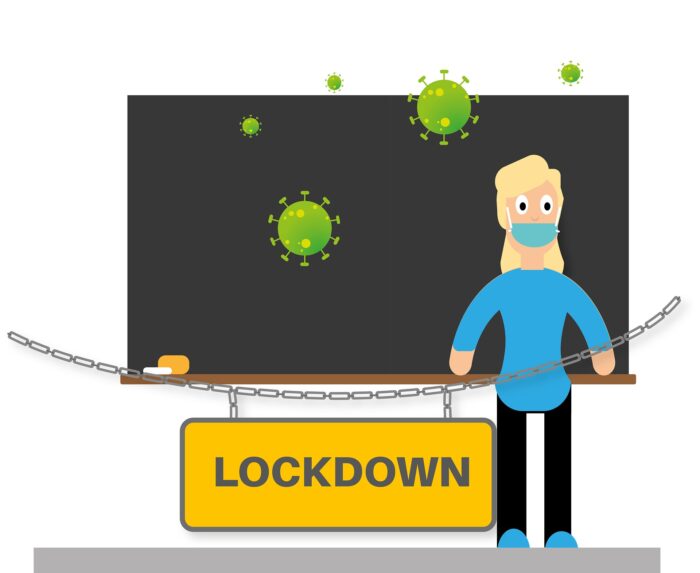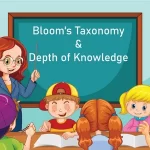One truth that has been established over the last 3 years is that it is almost impossible to predict the line of thought in the post pandemic world. While you may be strategizing and planning up for the year ahead, your world can shift overnight. So as teachers and educators, the most we can hope is that we don’t wake up to another stretch of a complete lockdown.
No doubt that elearning is emerging to be a steep rising industry however, no number of online classes can be equivalent to the multi sensorial experience that a physical classroom offers. But keeping that aside, another truth is that online learning platforms are experiencing a staggering growth. According to Anant Agarwal, CEO of edX, there was a 161% increase in new registrations for the year through November 2020 and the number of new learners increased 15 fold.
Read More: Effect of Omicron on the Education Sector in 2022
According to a report by Knowledge Sourcing Intelligence, the online education industry which was valued at US$ 187.877 billion in 2019 will reach US$ 513.140 billion in 2026 with a CAGR of 15.44%. With the introduction of AR, VR and other newer pedagogical strategies, the edtech industry is expected to keep rising. The newer forms of learning are also expected to follow a more hybrid model, borrowing from the best of the both worlds- offline and online, and come up with creative solutions like that of Flipped Classrooms (where students can have a multi sensorial experience while sitting in the comfort of their own home).
One other thing that educationists are pointing out is that educational institutions will have to move away from information based learning and reinvent education imparting in more interactive based learning. Instead of being a one way channel, education should be aimed at a holistic and overall development of students.
Also Read: Are Schools Ready for the Next Big Coronavirus Surge?
Image Sources: Kids online photo created by Freepik

















